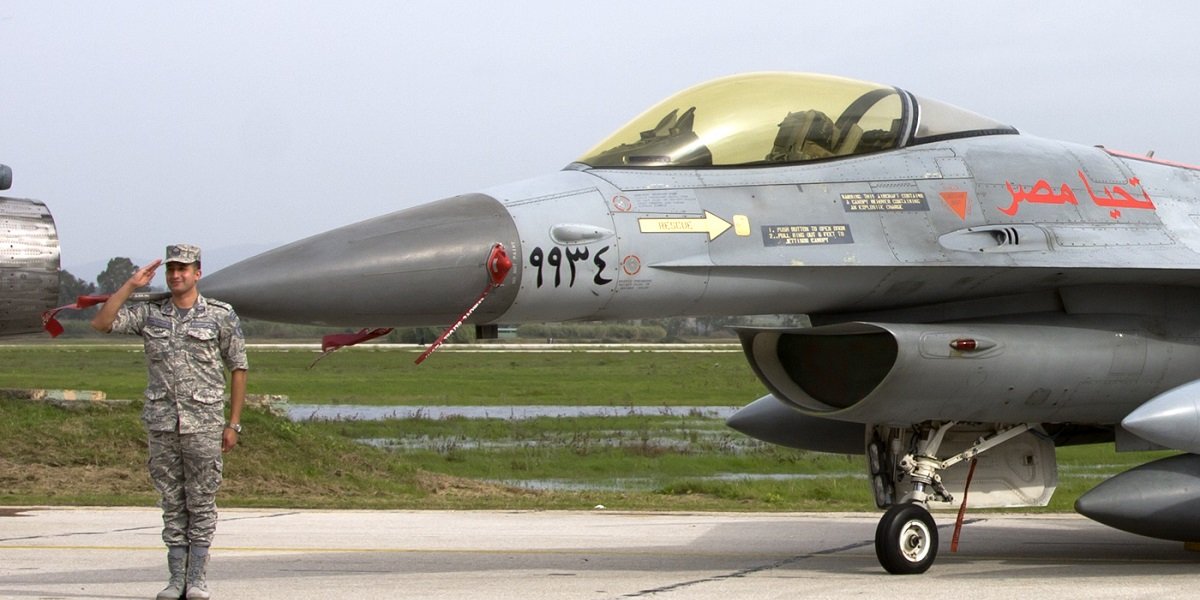

The weight of advice at the dawn of a new U.S. administration favors the reduction of military engagement in Arab states. Condemned variously as contributing to proxy wars, unleashing human rights violations, enriching arms manufacturers, or simply being ineffective, such engagement under President Joe Biden will be unlikely to enjoy the support it had during earlier administrations. Moreover, demand for security assistance from Arab countries may diminish in tandem with their downward trending economies.
Unstoppable Flow
Were U.S. security assistance to Arab states to decline precipitously, it would be a novel development. National independence in the Middle East stimulated local demand for security assistance while the Cold War incentivized the supply side. The resurgence of Russia and rapid growth of Chinese power since 2000, coupled with competition between the United States and Europe, ensure that the supply side remains committed to security assistance. For example, over half of U.S. overseas development assistance to the region is defense related, compared to one-third for U.S. aid generally.
Foreign aid and the preponderance of security assistance within it appear to contribute to Arab states’ dismal economic performance. Since 1960, Arab states have received more aid per capita than any other group of states, yet have since 1965 had either stagnant or declining per capita incomes. Two of the greatest per capita beneficiaries of this assistance, Egypt and Jordan, suffered the largest declines of income per capita, declining from 27 to 22.6 percent of the global average in Egypt and from 86 to 38 percent in Jordan.
Unsavory Effects on Security
The downside of security assistance to Arab states is not balanced by the provision of security at reasonable cost and with accountable control. Arab armed forces are the world’s largest, as measured by size in proportion to population and by spending as a percentage of GDP. Over the first decade of the twenty-first century, Arab countries spent more than twice as much on defense as a percentage of GDP than South Asia, the next highest spending region. In 2018, Arab countries ranked among the world’s least peaceful on the Global Peace Index, and seven of the thirty-one most fragile states on the 2019 State Fragility Index were members of the Arab League.
State fragility and violence in Arab states also do not result from a lack of resources spent on security. Five of the world’s ten highest arms importing countries are Arab. According to the 2019 Stockholm International Peace Research Institute Yearbook, Middle Eastern countries increased their arms imports by 87 percent between 2009–13 and 2014–18, accounting for 35 percent of global arms imports in the latter period, during which time relatively impoverished Egypt became the world’s third-largest importer of arms.
Glimmer of Hope
In a rational, well-governed world, security assistance to Arab states would be reduced or even stopped, but that is unlikely to happen. Arms embargoes are ineffective, as the recent cases of Libya, Syria, and Yemen suggest. Confrontations pitting Shia versus Sunni and many Sunni governments against Sunni Islamists have convulsed the region. Great power competition and military-industrial complexes, whether involving private or public sectors, also drive security assistance. New weapons systems, such as the U.S. F-35 fighter aircraft, dramatically escalate training and sustainment expenses. Most Arab militaries are addicted to security assistance and would find it challenging indeed to go without.
But a new administration in the United States, the budgetary pressures of declining hydrocarbon export revenues, and the coronavirus pandemic provide a glimmer of hope. Analysts sympathetic to the Biden administration argue that rather than emphasize security assistance, the United States “should instead encourage the development of an inclusive regional security architecture.” The Organization for Security and Cooperation in Europe is frequently suggested as a model, as its inclusive structure could appeal to regional states, as well as those presently competing for weapons sales to them. The likely emphasis of the incoming administration on diplomacy and multilateralism could cause it to exert considerable effort to formalize such a system.
Directing Security Assistance
Security assistance is akin to the sorcerer’s apprentice, who learned how to deliver but not how to stop the flow. The likelihood of dramatic, unilateral reductions by major providers is small and the task of creating a multilateral security system is daunting. Since the Biden administration may not prioritize that task, or may not succeed if it does, it is worth asking how to improve the cost-benefit ratio of security assistance to both providers and recipients. Those questions deal with such matters as facilitating civilian oversight of militaries, protecting human rights, reducing negative economic impacts, ameliorating interstate and intrastate conflicts, and effectively preventing subordination of Arab countries and their militaries to the interests of authoritarian extra-regional actors. The sorcerer’s apprentice is unlikely to suddenly be stopped, but his efforts in the meantime can be better directed.
Robert Springborg is a retired professor of national security affairs at the Naval Postgraduate School and a research fellow at the Italian Institute of International Affairs, Rome.



